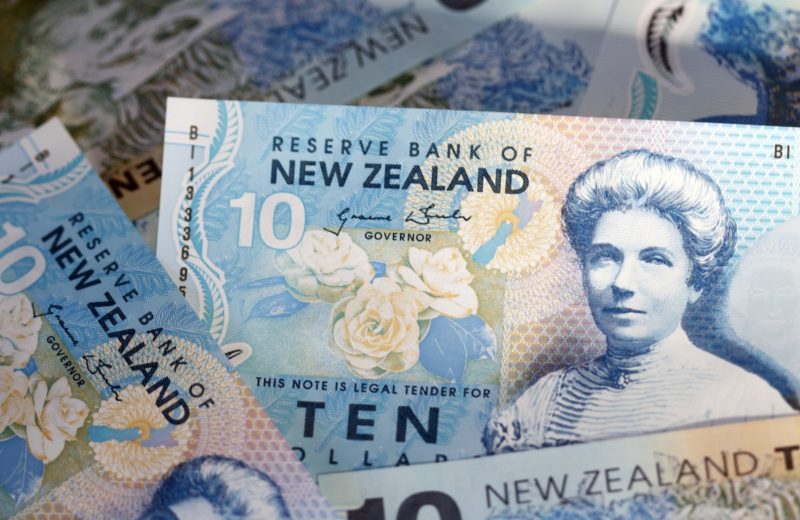On Wednesday, July 7, the euro touched near a three-month low against the U.S. dollar as the freshly released German data raised concerns about economic recovery. The European single currency traded at $1.1806 from $1.1820 against the greenback.
In its trading with the Japanese yen, the euro fell to ¥130.81 as it edged near its two-month low of ¥130.05 last June 21.
Germany is the euro zone’s largest economy, and it sharply fell in early July even though it remained at a very high level. Another report that orders for German products sharply decreased in May since the first pandemic lockdown last 2020 due to weaker demand from nations outside the eurozone.
Other risk-sensitive currencies smashed following the plunge of oil prices as OPEC producers canceled a meeting. For instance, the Aussie dollar traded 0.15% higher to $0.7502, which was stabilized following its bounce yesterday as the Reserve Bank of Australia started tapering its stimulus program.
The Australian central bank announced a third round of its quantitative easing program at a smaller size than its previous two rounds. Meanwhile, it will retain its April 2024 bond for its three-year goal of 0.10%.
Against the U.S. dollar, the Japanese yen traded flat at $110.66, where it kept its gains from its 15-month low of 111.64 last week. Its increase came as the U.S. bond yields sank to their lowest levels since February. It was followed by the data that signaled the service sector expanded at a slower pace.
In recent weeks, yields declined as several speculators have bet that the rising inflation may prompt the U.S. Federal Reserve to tighten its monetary policy.
U.S. Dollar Edged Lower
Moreover, the U.S. dollar edged lower ahead of the most awaited minutes from the last Fed meeting as traders are looking for hints on the direction of the economy and its interest rates. The dollar index, which trails the greenback against its six other rival currencies, plummeted 0.10% at 92.483.
Last Tuesday, it was boosted due to the volatility of the oil prices, the Chinese restriction on the technology sector, and a weaker ISM non-manufacturing reading.
Additionally, the exchange rate of the British pound and U.S. dollar climbed 0.10% to 1.3812.
Meanwhile, the U.S. dollar’s exchange rate with the Canadian dollar fell 0.13% at $1.2440.
Consequently, the greenback’s trading with the Chinese yuan also shrank 0.06% to $6.4714.














